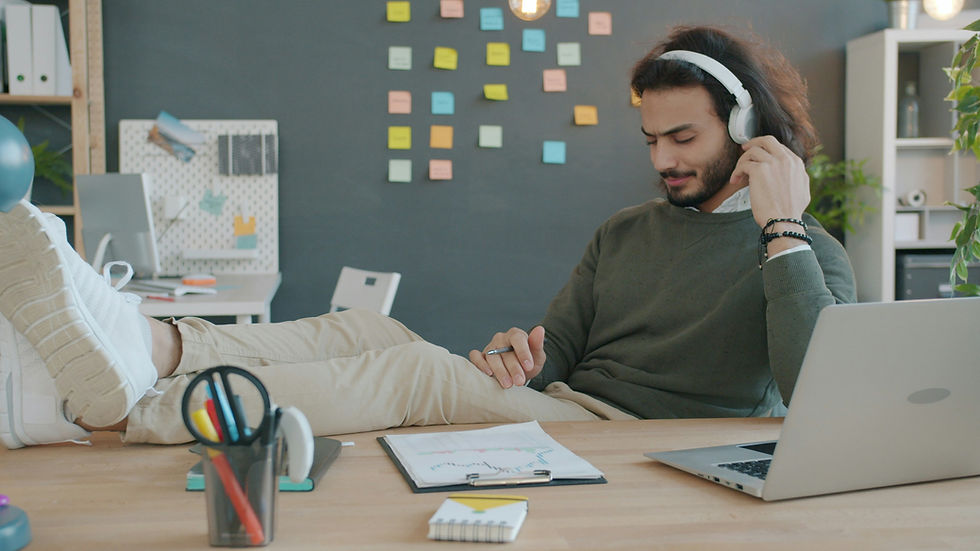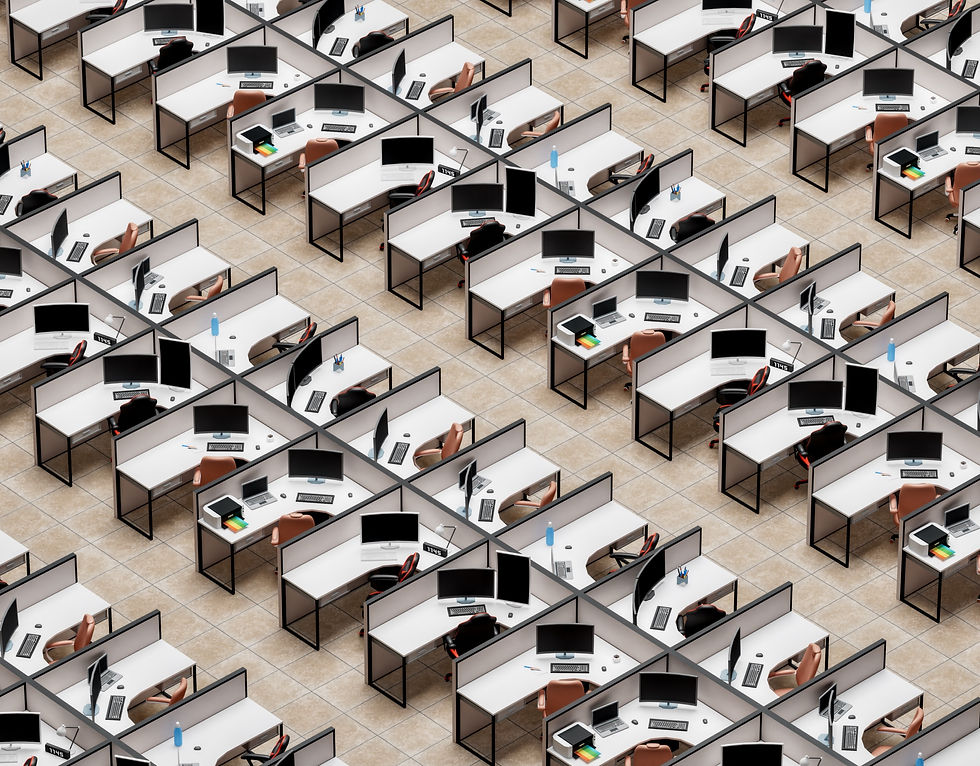The Creative Spectrum: Exploring Neurodivergence and Creativity
- Emily Linder

- Apr 30, 2024
- 2 min read

In previous blogs, I've talked about the stigma and challenges associated with neurodivergence. Now, I want to focus on something pretty cool... Neurodivergence and Creativity
Creativity is often depicted as a mysterious force that flows from some hidden source within the mind, sparking innovation and artistic expression. But what if the roots of creativity delve deeper into the intricate workings of the brain? What if, in exploring the spectrum of human neurodiversity, we uncover a wealth of creative potential waiting to be unleashed?
Neurodivergence encompasses a broad range of neurological variations, including autism, ADHD, dyslexia, and more. While these conditions may present challenges in certain aspects of life, they also offer unique perspectives and strengths, particularly in the realm of creativity.
One of the hallmarks of neurodivergence is divergent thinking—the ability to generate multiple ideas or solutions to a problem. This cognitive flexibility is a cornerstone of creativity, allowing individuals to explore unconventional paths and break free from conventional norms. For example, individuals with autism often exhibit exceptional attention to detail and a knack for pattern recognition, qualities that can fuel innovation in fields like mathematics, engineering, and technology.
Furthermore, neurodivergent individuals may experience sensory processing differences that enhance their creative sensibilities. Sensory sensitivity, a common trait among those with autism and ADHD, can heighten awareness of nuances in the environment, leading to rich sensory experiences that inform artistic endeavors. This heightened sensitivity to sensory stimuli can be a wellspring of inspiration for painters, musicians, writers, and other creatives seeking to capture the essence of the world around them.
Additionally, the tendency to hyperfocus—a characteristic of ADHD—can be a double-edged sword. While it may pose challenges in maintaining attention on mundane tasks, it can also engender deep immersion in creative pursuits. When harnessed effectively, this intense focus can fuel periods of prolific creativity, where ideas flow freely and boundaries blur between the self and the creative process.
It's important to recognize that creativity knows no bounds and transcends neurotypicality. However, by embracing neurodiversity, we can cultivate environments that nurture and celebrate a spectrum of creative expression. This entails fostering inclusive spaces where individuals of all neurotypes feel valued and empowered to contribute their unique perspectives to the creative discourse.
Moreover, acknowledging the intersectionality of neurodivergence with other aspects of identity—such as race, gender, and socioeconomic status—is essential in promoting equity and access within creative communities. By dismantling barriers to participation and amplifying diverse voices, we can unlock the full potential of human creativity and foster a more vibrant and inclusive cultural landscape.
The relationship between creativity and neurodivergence is complex and multifaceted, offering a rich tapestry of perspectives and experiences that enrich our collective creative endeavors. By embracing neurodiversity and recognizing the inherent value of diverse minds, we can harness the full spectrum of human creativity and pave the way for a more innovative and inclusive future.
If you are interested in counseling and live in the state of Ohio, contact one of our therapists today at 330-203-1098 or info@calibrationscc.com



Comments